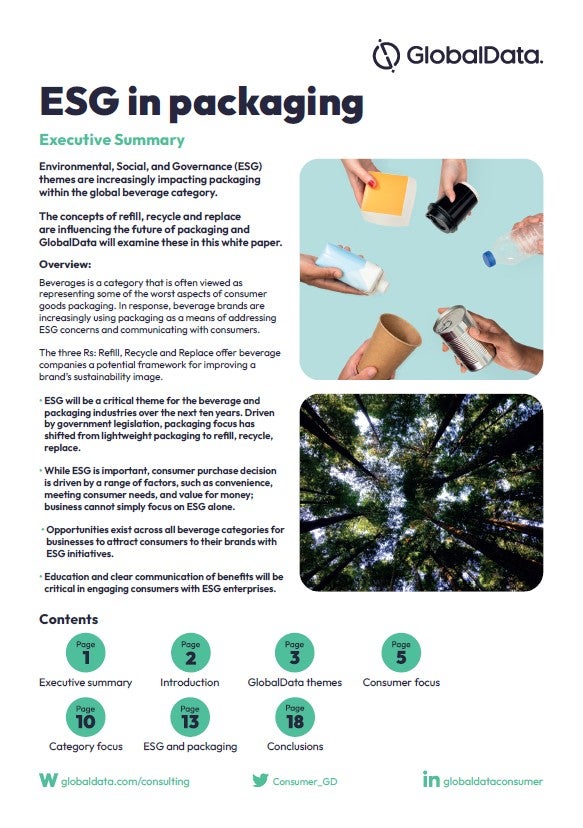Africa, with the world’s fastest-growing population, is set to double to over two billion by 2050. As this growth unfolds, addressing the continent’s energy requirements becomes crucial to develop sustainable packaging.
This article explores the potential for sustainable energy solutions in Africa, aligning with the Paris Agreement and fostering economic development.
Africa’s energy puzzle: challenges and opportunities
Africa’s current energy landscape reveals a stark reality: about half of the population lacks access to electricity, a number expected to rise to 1.2 billion by 2050.
Clean cooking remains a luxury for 920 million Africans, set to double in three decades. The continent’s industrialisation surge is an additional driver, projecting a more than 6 percent annual growth in manufacturing output until at least 2025.
The good news emerges in the potential for growth not translating into a linear increase in energy consumption.
By adopting more efficient technologies, such as electrification in mobility, industry, and cooking, Africa could limit the rise in final energy consumption to 50 percent by 2050.
This shift, if executed, necessitates a sixfold growth in electricity consumption by 2050, marking a transformative change in Africa’s energy landscape, influencing packaging materials and production processes.
Greening Africa’s power production: a shift in the mix
To electrify Africa sustainably, a recalibration of the energy production mix is indispensable.
McKinsey‘s “Achieved Commitments” scenario outlines a pathway where renewables progressively dominate electricity generation. By 2035, renewables are expected to constitute 65 percent of installed capacity, surging to 95 percent by 2050.
Solar and wind will spearhead this transformation, contributing 70 percent and 20 percent, respectively, with hydropower making up the remaining 10 percent.
Gas emerges as a crucial player in the short to medium term, providing flexible capacity during the renewables’ scaling up phase.
Africa’s gas demand is projected to increase by 3 percent annually until 2030, gradually decreasing thereafter. Simultaneously, green hydrogen, produced using renewable energy, opens new vistas.
Africa, rich in wind and solar resources, could potentially become a major global supplier. With an expected sevenfold growth in global hydrogen demand by 2050, Africa’s position in the green hydrogen market could be a game-changer.
Investing in Africa’s sustainable energy transition
Realising this ambitious energy transition requires substantial investment – around $2.9 trillion between 2022 and 2050. The lion’s share of this capital must be allocated to green-energy sources.
In 2022, annual investments in energy totalled $70 billion, with renewables receiving a growing share.
By 2050, annual investments are projected to more than double, reaching $160 billion, with a shift in focus: 43 percent on hydrogen, 38 percent on renewables, and 17 percent on power transmission, distribution, and minigrids.
Although the exponential growth in renewables and green hydrogen is expected post-2030, financial institutions can gain a competitive edge by entering the arena early.
COP27 in 2022 witnessed South Africa’s Just Energy Transition Investment Plan, a $8.5 billion strategy backed by the European Union, the United Kingdom, and the United States.
This initiative, focusing on electricity, new energy vehicles, and green hydrogen, exemplifies the potential for early investment in Africa’s green-energy shift.
The development of midstream infrastructure, crucial for electricity transmission and distribution, presents lucrative investment opportunities.
Approximately $400 billion in cumulative investment by 2050 is required for power generation and electrification, with Egypt, Morocco, Nigeria, and Senegal holding the most significant potential.
Recent projects, such as the Egypt-Saudi Arabia electricity interconnection and Vinci Energies’ venture in Morocco, exemplify the ongoing transformation.
Mapping Africa’s energy investment landscape: where to invest?
Investment opportunities across Africa align with local natural resources. In 2022, Algeria, Egypt, Mozambique, and Nigeria collectively produced over 80 percent of Africa’s upstream gas.
The continent hosts LNG liquefaction facilities in Algeria, Angola, Egypt, and Nigeria. Notably, green hydrogen projects are sprouting, with Total Eren’s $10.6 billion plant in Morocco exemplifying the nascent yet promising sector.
Investors venturing into Africa’s energy sector face a multifaceted landscape of political, economic, and social factors. Establishing a nuanced decision framework becomes imperative.
Identifying no-go areas, such as fracking or coal, and evaluating investments against criteria tailored to Africa’s context ensure alignment with the Achieved Commitments scenario and global green energy transition.
Investors can play a pivotal role in a “just transition,” aligning their strategies with both economic growth and climate change mitigation.
In the end, Africa’s journey towards a greener energy mix holds immense promise. The packaging industry, intertwined with energy needs for production and distribution, can significantly contribute to this transformative shift.
As Africa navigates this pivotal juncture, sustainable packaging practices and eco-friendly materials can complement the broader vision of a greener and more energy-efficient continent.



